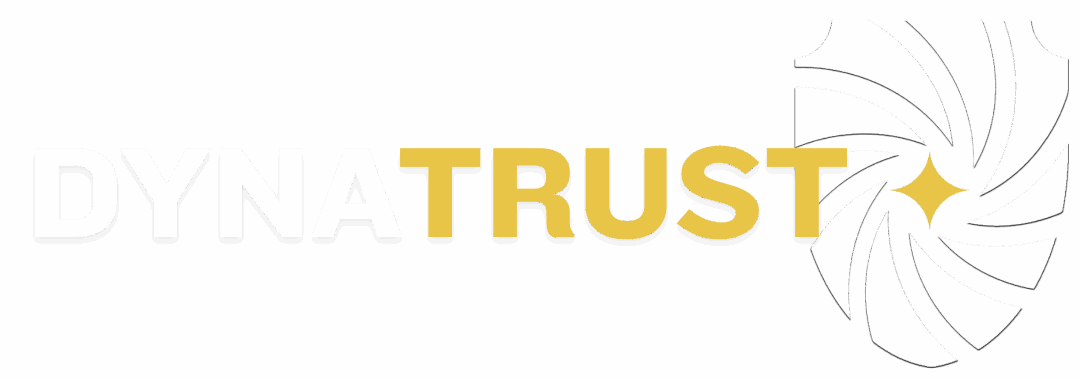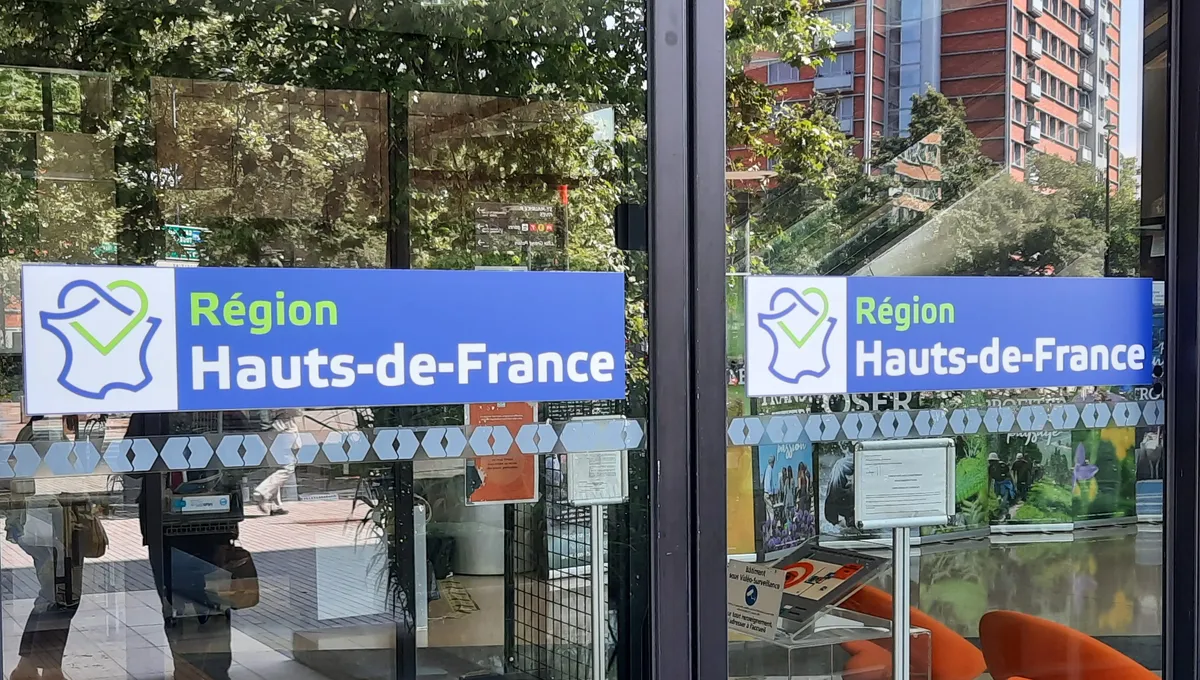On October 10, 2025, a large-scale cyberattack struck the public high schools of the Hauts-de-France region. Nearly 80% of institutions were affected by the Qilin ransomware, crippling network and internet access for tens of thousands of students and teachers.
For executives, CIOs, and CISOs, this attack provides valuable lessons on modern cyber risks and the essential protective measures to implement. Beyond the education sector, any organization interconnecting multiple sites through a centralized information system faces the same threats.
Discover the anatomy of this cyberattack, its concrete consequences, and the key actions to take to protect your organization.
Anatomy of a Large-Scale Cyberattack
The Timeline of the October 10, 2025 Incident
On Friday, October 10, 2025, a cyberattack targeted the information system of high schools across Hauts-de-France. According to the Regional Council, nearly 80% of the region’s public high schools were impacted by this attack, linked to the Qilin ransomware.
As soon as the incident was detected, a joint crisis unit between the Hauts-de-France Region and academic authorities was immediately activated. Emergency measures were drastic: network and internet access were temporarily suspended in affected schools, with strict instructions to keep all computers turned off to prevent the malware from spreading.
While necessary, this swift response caused a major disruption: a forced return to traditional teaching methods, loss of access to digital educational resources, and suspension of all computerized administrative services. A post-incident cybersecurity audit will be essential to identify the exploited vulnerabilities and rebuild a more resilient system.
The Qilin Ransomware: A Sophisticated Threat
The Qilin ransomware is a Ransomware-as-a-Service (RaaS) that emerged in July 2022, primarily targeting industrial sectors, professional services, and commercial organizations, with a strong presence in North America and Europe.
The RaaS model represents a major evolution in cybercrime: ransomware developers rent out their technical infrastructure to affiliates who carry out the attacks and share the profits afterward. This industrialization of ransomware makes attacks more frequent and more professional.
Linguistic and technical indicators suggest a Russian-speaking origin, as the malware is configured not to target systems within the Commonwealth of Independent States (CIS).
This geopolitical signature raises questions about potentially mixed motivation: financial, but also destabilizing.

The Multidimensional Consequences of the Attack
Immediate Operational Impact on Teaching
The forced suspension of all IT systems created significant disruptions in the daily operations of schools. Teachers had to instantly adapt their lessons, reverting to paper-based materials and traditional teaching methods.
The educational consequences are numerous:
• Inability to access digital textbooks and online resources
• Suspension of computerized assessments and learning platforms
• Disruption of communication between teachers, students, and families through the digital workspaces (ENT)
• Interruption of school life services (cafeteria, attendance, grades)
Cybersecurity Challenges in Interconnected Environments
Specific Challenges of Multi-Site Infrastructures
Shared and multi-site IT infrastructures present unique security challenges. While they offer undeniable advantages in terms of economies of scale and centralized management, they also create specific risks.
• System interconnection: When multiple sites share a common infrastructure, an incident at one point can potentially spread to the entire network. This technical reality highlights the importance of network segmentation and environment isolation.
• Management complexity: The larger the infrastructure, the more necessary it becomes to maintain uniform security standards. Consistent configurations and harmonized update processes are essential.
• Coordination among stakeholders: In multi-actor environments (local authorities, institutions, service providers), clarity of responsibilities and fluid communication become crucial—especially in times of crisis.
These characteristics are not unique to the public sector. Any multi-site organization, whether private or public, faces similar challenges in securing distributed infrastructures.
Best Practices for Protection and Prevention
Building a Defense Adapted to Modern Threats
Against sophisticated threats, a multi-layered approach combining prevention, detection, and response proves to be the most effective.
• Segmentation and isolation: Separating different environments and functions limits the potential for compromise propagation. This multi-zone architecture is recognized as a best practice in IT governance.
• Strong authentication: Implementing multi-factor authentication (MFA) for all sensitive access points—especially remote ones—is an essential and relatively simple protection measure.
• Proactive patch management: Keeping systems up to date eliminates known vulnerabilities. A structured and monitored update management process is a cornerstone of an effective IT security policy.
• Monitoring and detection: Deploying capabilities to detect abnormal behavior enables quick identification of compromises and limits their impact. Incident response relies on such monitoring capabilities.
• Robust backups: Maintaining regular backups, isolated from the main network and periodically tested, ensures recovery capability. This fundamental practice is a core part of internal security controls.
Combined within a coherent framework, these measures significantly strengthen resilience against cyberattacks.
The Central Role of Awareness
Beyond technical protections, the human factor plays a decisive role in preventing security incidents.
• Ongoing user training: Regularly raising awareness among all users about common threats (phishing, passwords, social engineering) turns everyone into a security actor. Awareness programs should be tailored to different audiences.
• Student awareness: In the educational context, training students on cyber risks and digital best practices both protects them personally and contributes to the collective security of the institution. This responsible digital education has a dual benefit.
• Shared security culture: Building a culture in which everyone feels responsible for collective security creates a more resilient environment. This culture is developed progressively through communication, education, and leading by example.
Cyber risk management systematically includes this human component, considered as critical as technical measures.
Available Resources and Support
Relying on the Cybersecurity Ecosystem
No organization is alone in facing cybersecurity challenges. A rich ecosystem of actors and resources exists to support strengthening initiatives.
• Cybermalveillance.gouv.fr: This government platform offers free assistance, educational resources, and connections with qualified service providers — a valuable entry point for organizations of all sizes.
• ANSSI (National Cybersecurity Agency of France): The agency regularly publishes best practice guides, alerts, and sector-specific recommendations. These free resources provide a solid foundation.
• Regional Cyber Campuses: These structures bring together local cybersecurity stakeholders and offer events, training, and experience sharing. Joining them facilitates access to collective expertise.
• Professional associations: Organizations such as CESIN, CLUSIF, and other industry associations provide feedback, training opportunities, and peer networking.
Conclusion: Resilience as a Shared Objective
The incident that struck the Hauts-de-France high schools is a reminder that cybersecurity concerns every organization — regardless of size, sector, or resources. The responsiveness and efficiency demonstrated by regional and academic teams highlight the importance of having prepared crisis procedures and clear decision-making chains.
Cybersecurity is not a destination but a journey of continuous improvement. Every organization can progress at its own pace by prioritizing actions according to its specific challenges. The key is to start, advance gradually, and build on each step to strengthen resilience.
Would you like to assess your organization’s resilience against modern cyber threats? Our cyber governance experts will support you in this constructive approach. Contact us to conduct an objective cybersecurity audit and build together an action plan tailored to your challenges and resources.
Leverage our expertise in cyber risk management and best practices to develop a robust and sustainable security posture adapted to your context.

